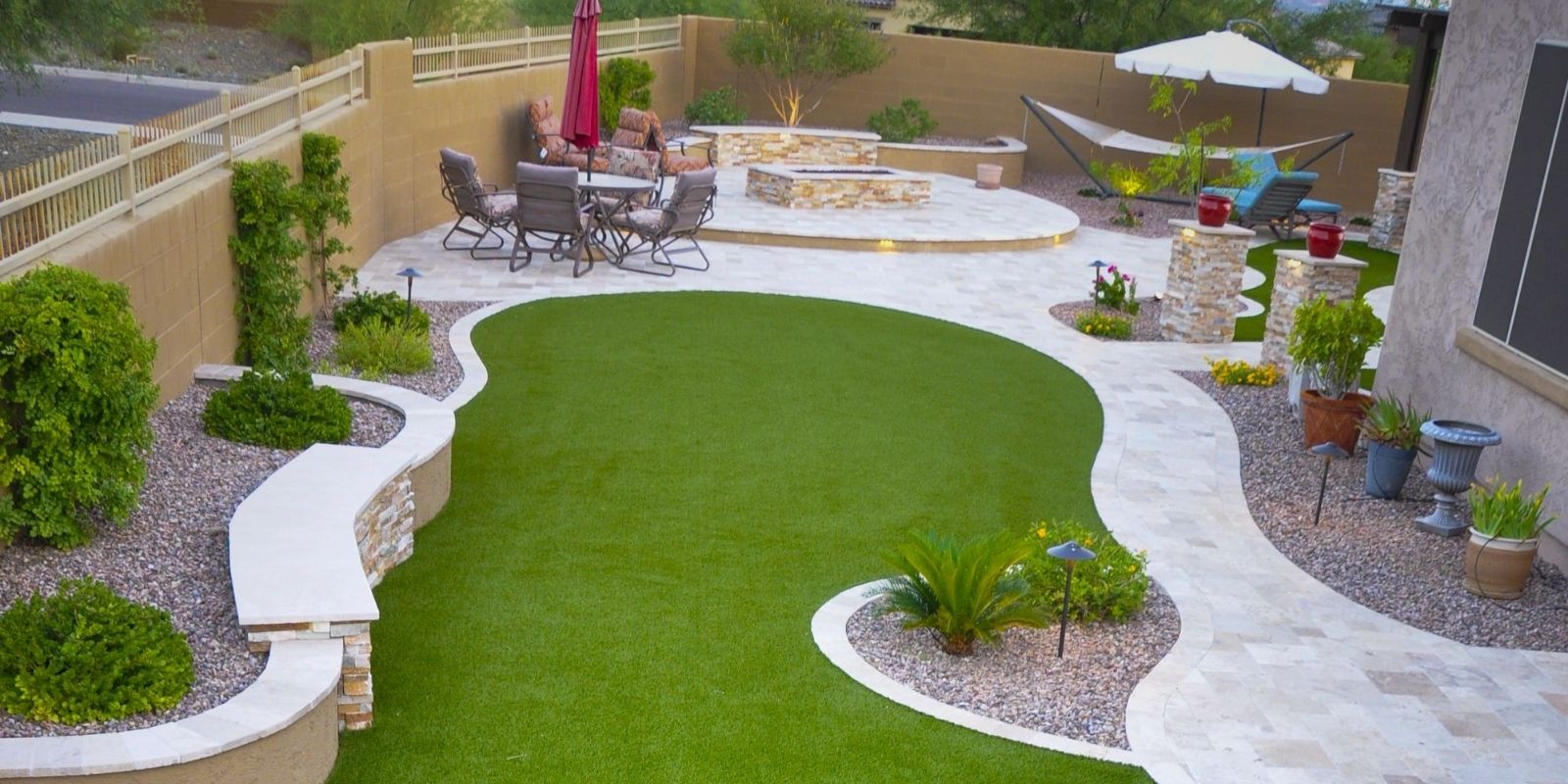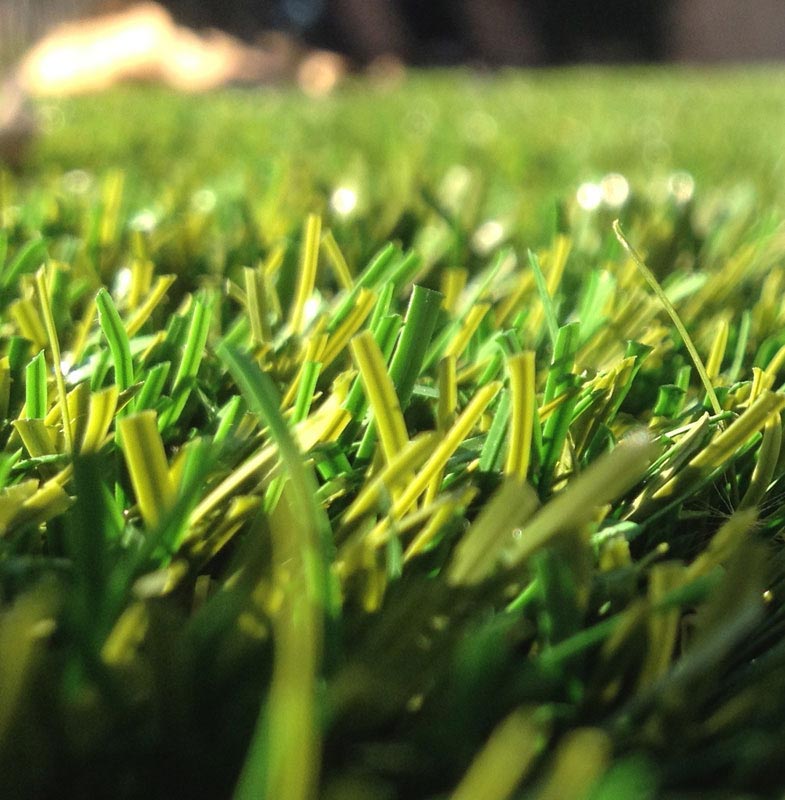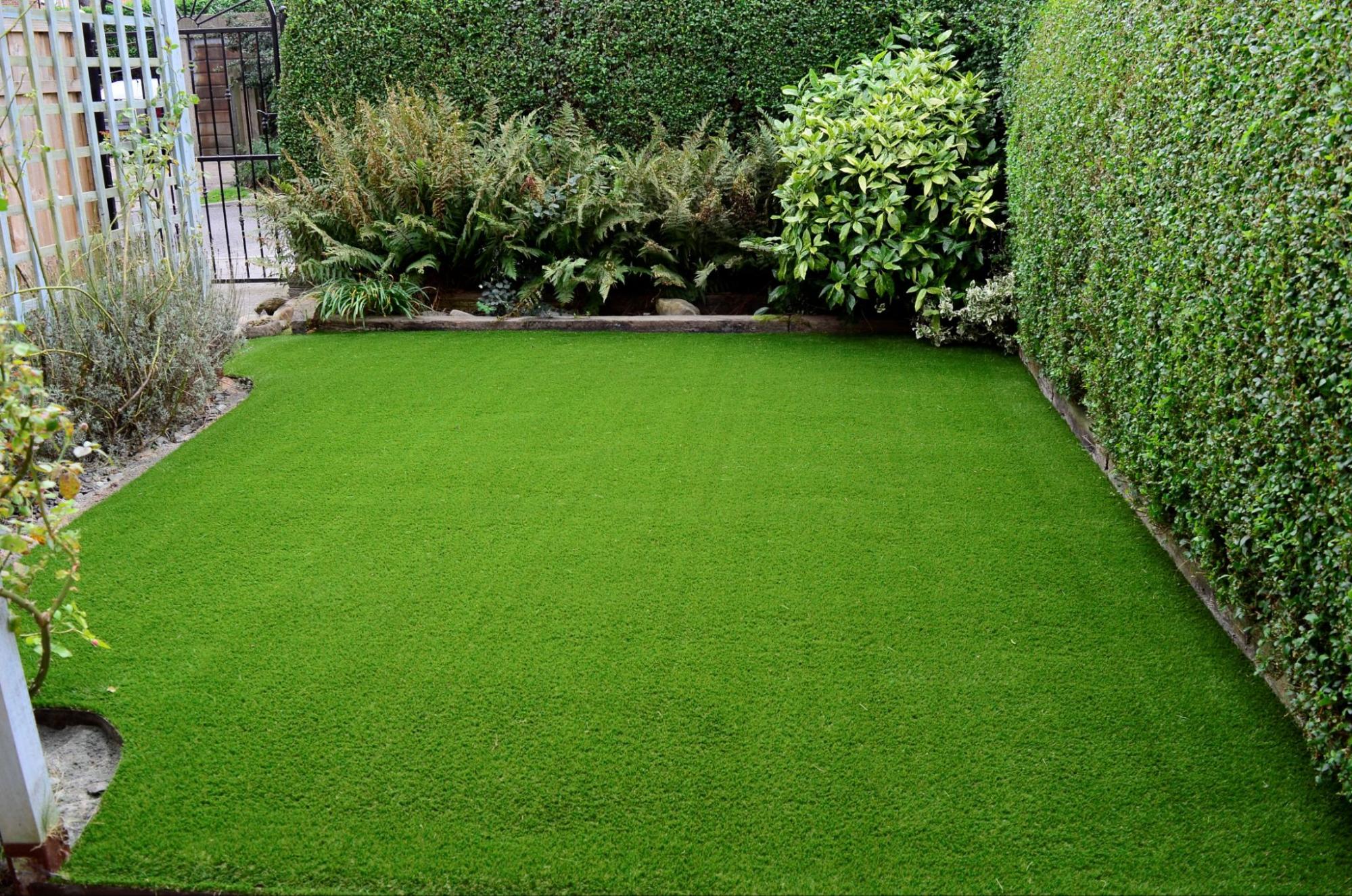Premier Phoenix Turf Companies Providing Premium Synthetic Lawn Solutions
Premier Phoenix Turf Companies Providing Premium Synthetic Lawn Solutions
Blog Article
Look Into the Environmental Advantages of Opting for Synthetic Grass Solutions
The fostering of synthetic grass solutions provides an engaging chance to resolve pressing ecological challenges. By significantly decreasing water use and reducing the application of unsafe chemicals, these choices not just advertise sustainable landscaping but additionally secure local communities. Furthermore, the lower carbon impact linked with lowered upkeep tasks adds to a more sustainable method to land monitoring. Nonetheless, the effects of these advantages extend beyond plain conservation initiatives, raising inquiries concerning their lasting effect on environment conservation and overall eco-friendly equilibrium. Checking out these measurements exposes a complicated interaction worth taking into consideration.
Water Conservation Advantages
One of the most substantial advantages of synthetic grass is its ability to save water. Conventional yard lawns need considerable irrigation, particularly in areas prone to dry spell or water limitations. On the other hand, man-made lawn does not need watering, substantially reducing the total need for water sources. This attribute is especially advantageous in arid regions where water scarcity is a pressing concern.
By removing the need for regular watering, synthetic lawn adds to lasting landscape methods and aids alleviate the ecological effect of excessive water intake. The preservation of water expands to the decrease of overflow, which can lead to dirt disintegration and river pollution.
Furthermore, the setup of synthetic grass enables property owners and towns to designate water sources much more effectively, concentrating on essential uses such as alcohol consumption water and farming. The change in the direction of synthetic grass not just advertises liable water use yet additionally straightens with broader environmental goals intended at maintaining all-natural resources.
As areas increasingly prioritize sustainability, the water conservation advantages of synthetic grass present an engaging instance for its fostering in commercial and household landscape design tasks.
Lowered Chemical Usage
The transition to synthetic grass significantly decreases the dependence on chemical treatments typically made use of in all-natural lawn maintenance. Conventional lawn monitoring usually includes the application of herbicides, plant foods, and pesticides to promote growth and control pests. These chemicals can position risks to human health, neighborhood wild animals, and the atmosphere, adding to dirt and water contamination.
On the other hand, synthetic turf removes the requirement for these damaging substances. As soon as set up, it requires very little upkeep, largely including regular cleansing and irregular infill replenishment. This decrease in chemical usage not just benefits the immediate setting but additionally adds to broader eco-friendly stability. By decreasing the launch of synthetic substances into the ecological community, synthetic grass promotes much healthier soil and water supply.
Additionally, the lack of chemical runoff associated with synthetic grass installations assists secure local waterways from contamination, sustaining marine life and preserving biodiversity. Turf installation phoenix az. As neighborhoods significantly prioritize sustainable methods, opting for synthetic grass provides a viable service that straightens with environmental preservation objectives. Via this shift, homeowner can appreciate lush green spaces without compromising environmental wellness, leading the way for an extra lasting future
Lower Carbon Footprint

Additionally, the setup of synthetic grass can result in substantial water conservation. Natural yards need substantial quantities of water for watering, which not just includes in the carbon footprint associated with water extraction and treatment but also strains local water resources. In comparison, synthetic grass needs marginal maintenance, calling for no watering, thus substantially lowering water use and its connected power costs.
In addition, the long life of artificial turf adds to its lower carbon influence. With a life expectancy of as much as 15 years or more, the need for constant substitutes is reduced, causing less waste and lower power intake in production and disposing of traditional grass choices. Generally, synthetic turf presents a lasting choice for environmentally conscious landscape design.
Habitat Preservation
Environment preservation is a crucial consideration in the discussion over landscape design choices, especially when comparing synthetic grass to natural yard. Natural grass yards usually need comprehensive upkeep, including the use he has a good point of plant foods, pesticides, and herbicides, which can negatively impact neighborhood environments. These chemicals can leach right into the dirt and waterways, damaging native vegetation and fauna and interfering with neighborhood habitats.
Artificial turf eliminates the demand for dangerous chemicals, therefore shielding neighboring wild animals and keeping the honesty of bordering environments. The setup of man-made grass can lead to the conversion of former turf areas right into even more biodiverse landscapes, such as pollinator yards or indigenous plant locations, which can sustain regional wildlife.
Ultimately, the transition to artificial lawn not just saves water and minimizes maintenance efforts yet additionally promotes a much more harmonious partnership in between human activities and the natural setting, advertising habitat conservation at the same time.
Long-Term Sustainability
Long-lasting sustainability is an important consider evaluating the benefits of synthetic grass over typical lawn lawns. Among the most significant advantages of synthetic turf is its longevity; it can last as much as 15-20 years with minimal maintenance, whereas all-natural turf requires regular reseeding and replacement. This long life decreases the demand for continuous sources, such as water, plant foods, and pesticides, which are important for maintaining a healthy and balanced grass yard.
Furthermore, synthetic grass adds to a reduction in carbon exhausts connected with grass care tools. Traditional lawns frequently call for gas-powered mowers, trimmers, and blowers, every one of which add to air pollution. Arizona artificial turf. On the other hand, fabricated turf gets rid of the demand for such equipment, advertising a cleaner setting
Moreover, the manufacturing of synthetic grass progressively makes use of recycled products, boosting its sustainability profile. As producers take on environmentally friendly techniques, the environmental impact of artificial grass proceeds to lessen.

Verdict
The adoption of synthetic grass solutions offers significant ecological advantages, consisting of substantial water preservation, decreased dependence on damaging chemicals, and a reduced carbon footprint. Synthetic grass help in preserving natural environments by minimizing land disturbance and advertising long-term sustainability with the usage of durable materials. Jointly, these factors underscore the capacity of artificial grass to contribute favorably to environmental health and wellness and provide a viable choice to typical landscape design methods in a progressively resource-conscious globe.
In contrast, artificial grass does not require watering, significantly lowering the overall demand for water resources. By lessening the launch of artificial substances right into the community, man-made grass advertises much healthier dirt and water systems.
In addition, the installation of synthetic grass can result in considerable water preservation. In comparison, man-made lawn requires marginal upkeep, calling for no watering, therefore significantly reducing water use and its linked power prices.

Report this page